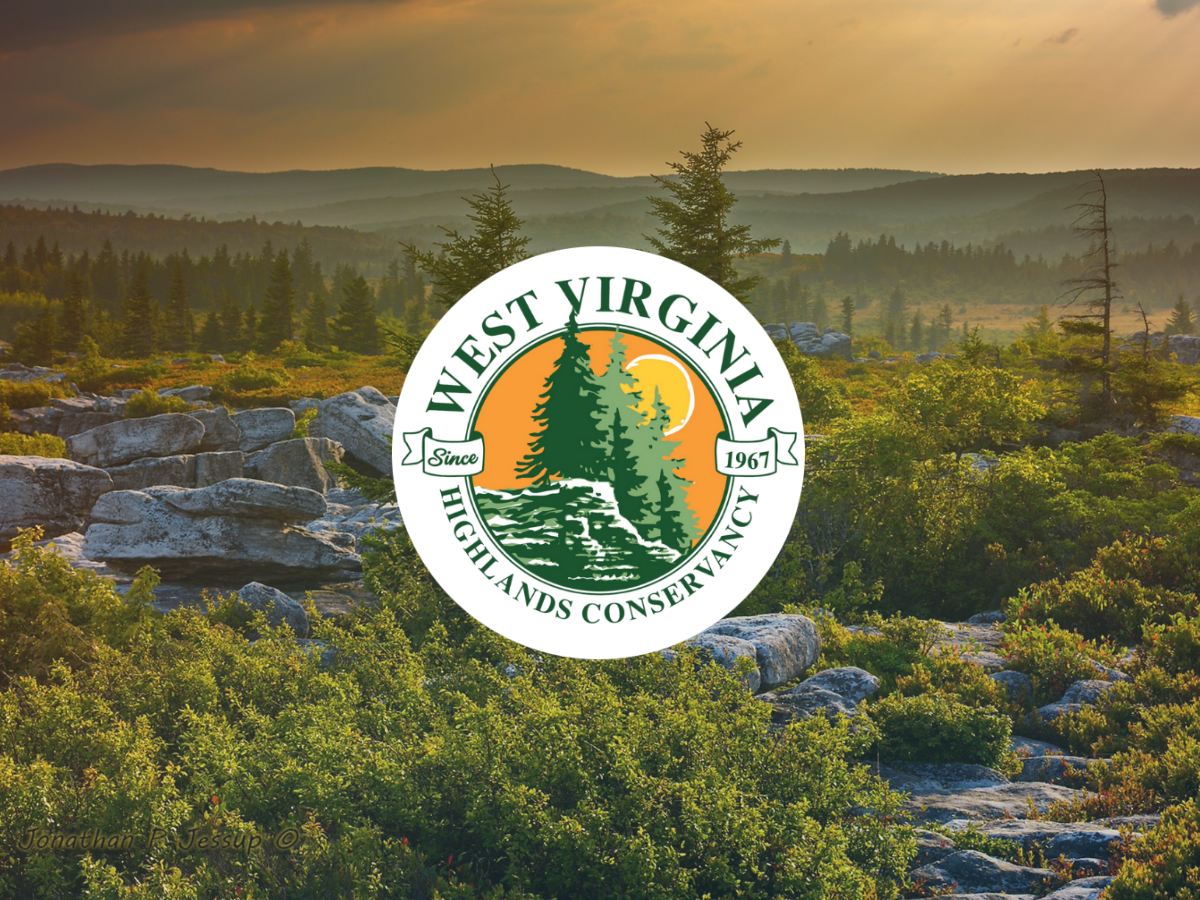By Marilyn Shoenfeld
The year is flying by. Leaves are turning and the Fall Review is only two weeks away. We hope you plan to come, October 13-15 at Canaan Valley Resort. The theme is Water in West Virginia, and it will be a weekend of education, environmental activism and fellowship.
On Friday evening there is a meet and greet. Saturday will be a day full of panelists, speakers and outings, concluding with a square dance and live music. Sunday morning brings the annual meeting of the membership, elections and quarterly meeting of the Board of Directors. We hope to see you there.
There has been a personnel change in the Conservancy. We sorrowfully said goodbye to Cory Chase as Program Director. He will be missed. Olivia Miller, our former Communications Director, is now our Program Director. We wish Cory well in his future endeavors and look forward to working with Olivia.
We are pleased to announce that our grant proposal efforts are beginning to bear fruit. We received a $4,040 grant from the Appalachian Forest National Heritage Area to create a Highlands Creatures Coloring Book. The coloring book will focus on the unique and diverse native flora and fauna found in the West Virginia highlands and will aim to highlight the interconnectedness of all life found in these special ecosystems.
The Conservancy committees work on various issues, and we partner with and advocate for other organizations to encourage cooperation on environmental issues. One of our biggest concerns is climate change. Perry Bryant, a longtime Conservancy member, has written a document which discusses guidance for two major energy efficiency rebate programs that have emerged from the United States Department of Energy.
These two rebate programs—not tax credits—offer West Virginians a once-in-a-lifetime opportunity to reduce greenhouse gas emissions from their homes or apartments and save on utility bills. Rebates are provided for West Virginians with certain income levels for things like heat pumps and upgraded electrical wiring. See more on this on page five.
Another group that we work closely with is the Allegheny-Blue Ridge Alliance (ABRA). ABRA’s Conservation Hub program promotes responsible resource management by providing access to critical information needed for effective public involvement in environmental review and oversight.” They offer an extensive system of Geographic Information Systems (GIS) interactive maps to examine proposed land management projects in context, such as ecological and physiographic properties.
The Conservancy has worked with ABRA to develop a hub site focused on impacts of Off-Road Vehicle usage on public lands. The Conservancy maintains this hub site as new information is obtained and attempts are made by the legislature to open public lands to Off-Road Vehicles.
Another hub site of growing importance focuses on the construction and planning of Corridor H. Maps can be viewed of both the Parsons to Davis section and the Wardensville to Virginia state line section. Nearly all of the project documents and related comments made by environmental groups, including the Conservancy, can be found on these sites. You can also view areas of special geologic concern, ranges of endangered and threatened species within the project area, construction plans, native trout streams and Tier 3 protected streams and so much more.
Other sites focus on proposed Forest Service projects in the Monongahela National Forest, coal mining in critical candy darter habitat, and stream degradation in the Monongahela National Forest. We are proud to support and partner with ABRA as they expand their conservation hub program. Explore their work at abralliance.org
As always, we look to you, our membership, for continued support and participation. Thanks for reading and please email me with questions, concerns or comments at marilyn.shoenfeld@gmail.com

